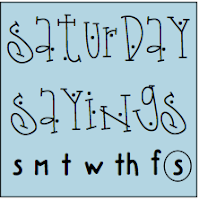If you're unfamiliar with them, please please please read this post where I reference three things they've recently written that will likely transform your thinking and teaching.
This coming week I'm going to tackle problem solving in my classroom. I'll be using the following two charts that Christine and Kristine use.
Aren't those some brilliant charts? I'm going to combine them into one chart and build it piece by piece until we've learned about each problem over a three-day period. (I actually wrote three lessons that will hopefully help me do this efficiently and effectively.)
I love the language that Christine uses once the chart is complete and kids are having problems.
- It seems like you're really upset about that. I hear you.
- What kind of problem do you think that is?
- Do you have any ideas of how you might solve it?
Have I convinced you to go read what Christine and Kristine have to say? Do it now.




















